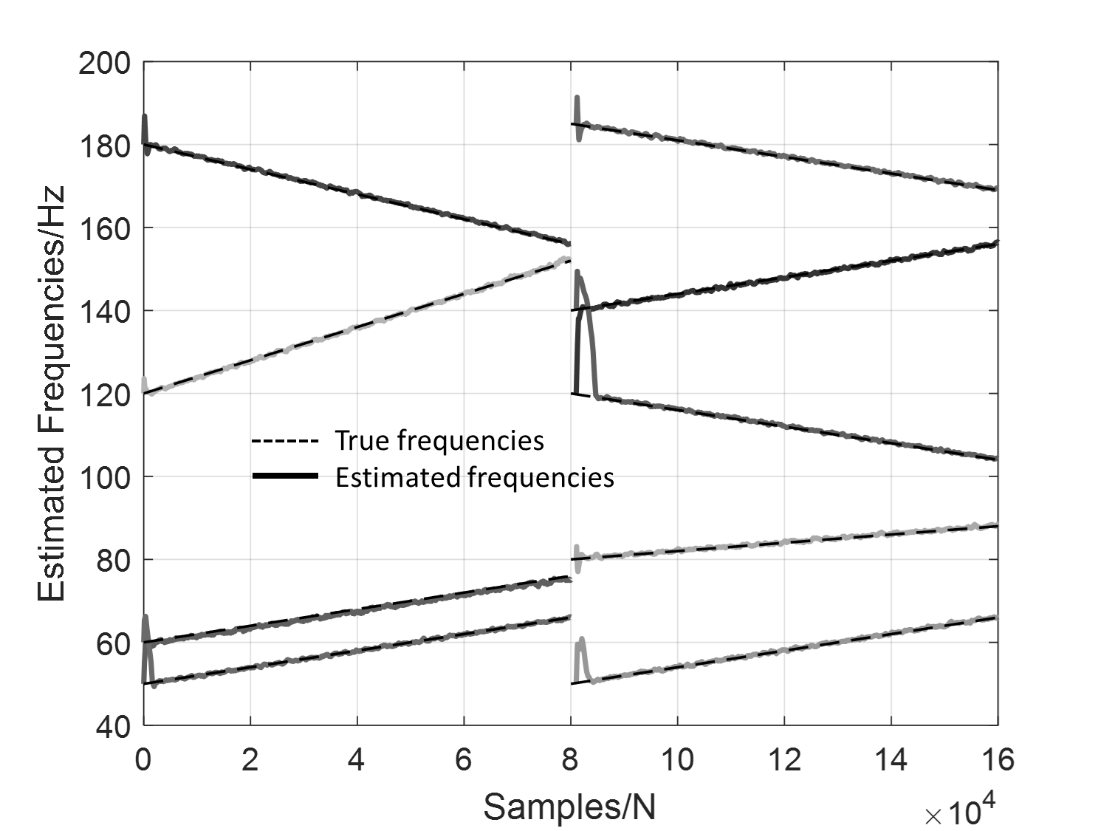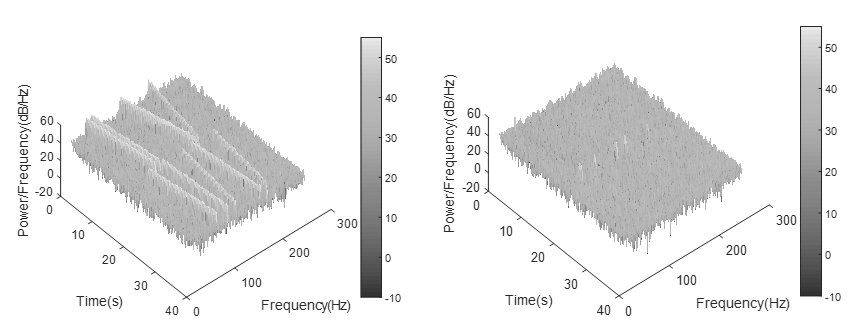Narrowband active noise control (NANC) can effectively reduce low-frequency narrowband noise by emitting sound waves of the same amplitude but opposite phase of the primary noise. Such control is necessary to obtain the frequency information of the primary periodic noise, including the number of frequency components and the individual frequency values. The traditional frequency estimation method based on adaptive notch filter (ANF) needs to manually set the number of frequencies. The convergence speed is slow when the signal-to-noise ratio (SNR) of the primary noise is low, which affects the performance of the active noise control system.
In order to solve the problem, researchers from the Institute of Acoustics of the Chinese Academy of Sciences (IACAS) applied the Bayesian parameter estimation method to the narrowband active noise control system for the first time, and proposed a narrowband active noise control system with the frequency estimation based on Bayesian inference.
The study has been published in the Journal of Sound and Vibration.
In the research, frequency estimation with Bayesian inference was used to estimate frequencies in complex signals. The objective function related to the frequency number and frequency values was constructed with it. Then the number of frequencies in the primary noise and the values ??of the frequencies were obtained based on the probability model and the coordinate gradient descent algorithm. After estimated the values and the number of frequencies, the NANC reduced the components of these frequencies in the primary noise. When the values of the frequencies changed with time, the frequency estimations with Bayesian inference and ANF were combined to improve the performance of the frequency estimator.
The simulation results showed that at low SNR (= 0 dB), frequency estimation based on Bayesian inference could obtain the number of frequencies and frequency values quickly, thus the narrowband active noise control system could effectively reduce the noise.
The proposed method showed potential of improving the performance of existing narrowband active noise control systems.

Figure 1. Performance of the frequency estimation with Bayesian inference (Image by IOA)

Figure 2. Noise control performance with the narrowband active noise control system with the frequency estimation based on Bayesian inference (the left image shows the spectrogram of the primary noise, the right image shows the spectrogram of the residual noise with the combined method) (Image by IOA)
The research was supported by the National Key Research and Development Program of China (No. 2016YFB1200503) and the National Natural Science Foundation of China (No. 11474306, 11404367, 11474307).
Reference:
HAN Rong, WU Ming, LIU Feng, SUN Hongling, YANG Jun. A narrowband active noise control system with a frequency estimator based on Bayesian inference. Journal of Sound and Vibration, 2019, 455: 299–311. DOI: 10.1016/j.jsv.2019.04.031.
Contact:
ZHOU Wenjia
Institute of Acoustics, Chinese Academy of Sciences, 100190 Beijing, China
E-mail: media@mail.ioa.ac.cn


